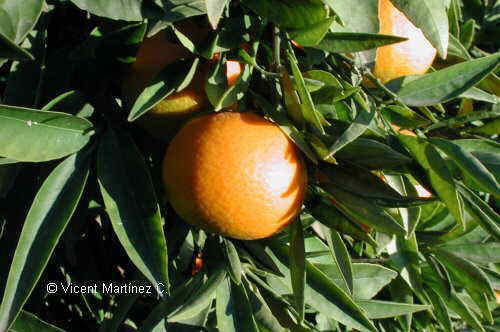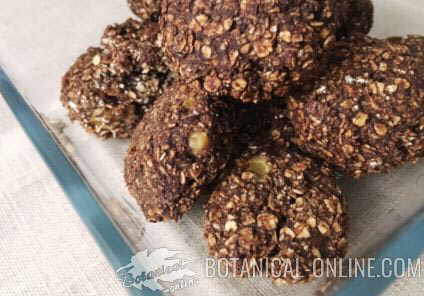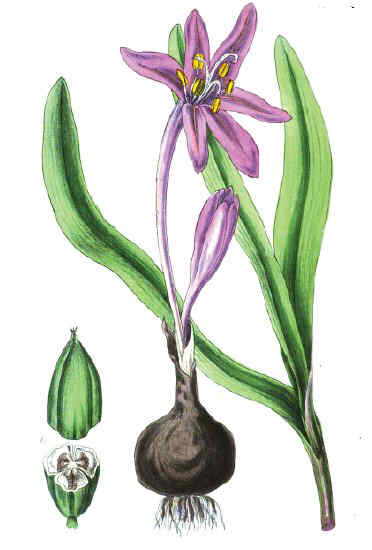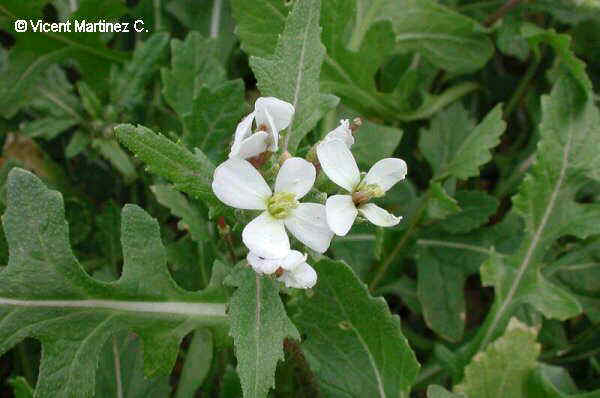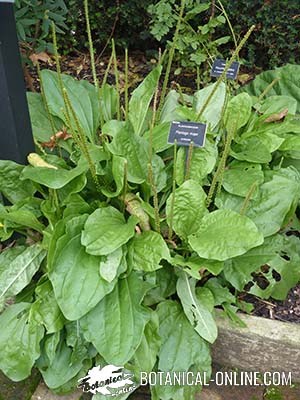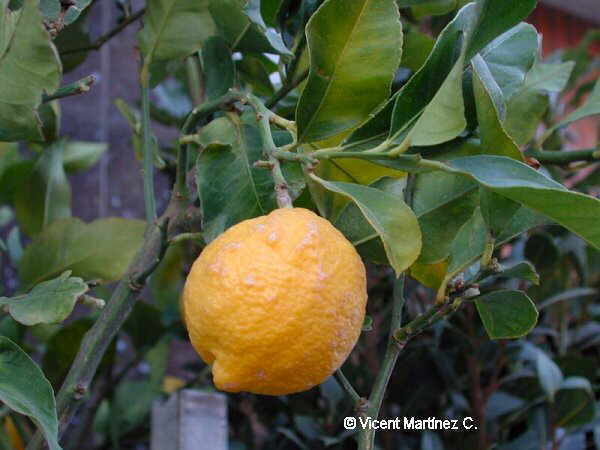Contents
How to grow pink quill
 Tillandsia. Characteristics:
Tillandsia. Characteristics:
Epiphytic plant (that lives on another plants, although, contrary to the parasite plants, it doesn’t feed of them) from the Pineapple family -Bromeliaceae. Lanceolate leaves in a rosette, arched, bright green, with pointed, thick apex,. It releases a spike of imbricate overlapping bracts of rosy color from where the blue violet flowers arise. It flourishes during the summer or the autumn.
They constitute the most numerous genus in this family, since some 500 species approximately can be found, all they in tropical and subtropical areas.
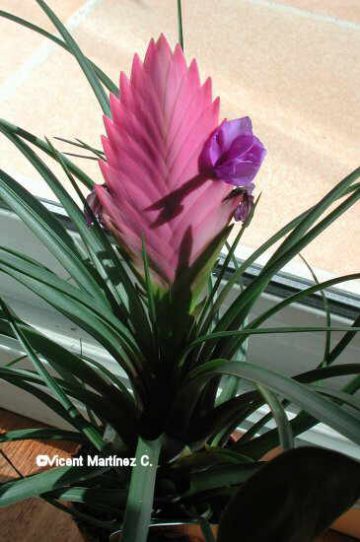
 Tillandsia. Watering:
Tillandsia. Watering:
As in all the bromeliads, the soil of a Tillandsia doesn’t need to be specially watered, although it should always be a little humid and, being a plant of tropical climate, it needs a constant moistness so we will pour some water into the glass that its leaves form, in such a way that there will always be a reservoir of 2 cm of water in it. We will preferably use rain water since it doesn’t stand lime, so it is a wise thing to boil it or use a limescale remover. To avoid fungi development we should empty the central cup every 15 days and substitute it with fresh water.
The excess of humidity in the soil is not a good thing since it rots the inferior part of the foliar rosette where black stains appear. In this case, it is better to suspend watering.
 Tillandsia. Use:
Tillandsia. Use:
Being a tropical plant, it is very appropriate for indoor cultivation where the temperatures stay quite high and constant.
 Tillandsia. Location:
Tillandsia. Location:
It doesn’t like the direct contact with the sun, preferring an indirect, although abundant light. A location next to a window would be the most suitable.
 Tillandsia. Reproduction:
Tillandsia. Reproduction:
This plant can be reproduced from new shoots springing from the base of an adult plant. To do this, we will carefully separate the new offspring below the roots that kept it to the main plant and we will plant it in a new pot. It is necessary to maintain it in a warm place and to provide the necessary humidity. After some days, it will have been acclimatized and we will possess a new Guzmania sample. This method becomes necessary to perpetuate the species when a plant has definitively flourished and it will begin to dry off in short.
 Tillandsia. Soil and fertilizers:
Tillandsia. Soil and fertilizers:
This plant doesn’t really need a soil, except some kind of material to grasp to. We must consider that, in natural state, it takes the water and the minerals from the basal rosette and mainly from the very moist atmosphere where it lives through its air roots. Nevertheless, since it is very difficult to provide it with this atmosphere, the most suitable thing is to hold it with an acid soil, rich in peat with a bit of sand. If desired, we can cultivate it on other materials, as wood or barks. It would be convenient to spray it every 15 days with a liquid fertilizer.
Other species of “Tillandsia“
- Tillandsia argentea
- Tillandsia caulescens
- Tillandsia fasciculata
- Tillandsia flabellata
- Tillandsia multicaulis
- Tillandsia pruinosa
- Tillandsia recurvata
- Tillandsia teunifolia
- Tillandsia usneoides….. Black moss, Spanish moss, Florida moss
![]() More information about plant cultivation.
More information about plant cultivation.

 Tillandsia. Watering:
Tillandsia. Watering: